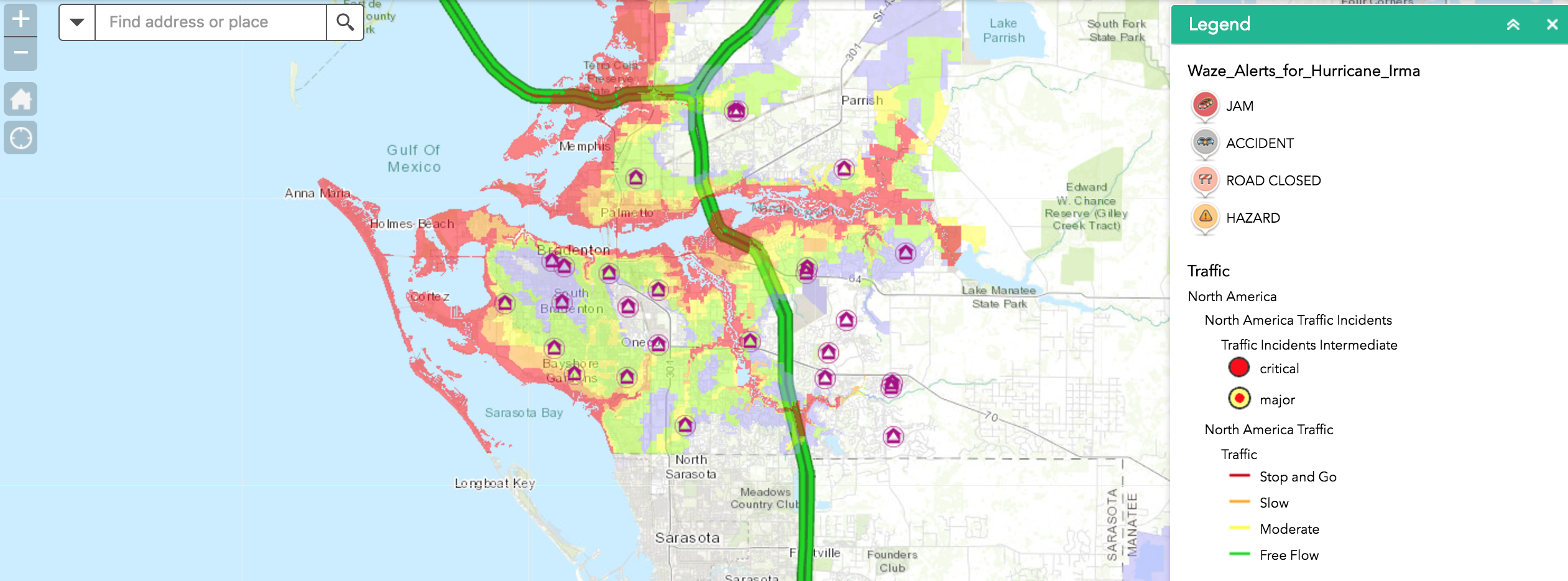Table of Content
Park management representatives for the eight senior mobilehome parks will be provided with documentation to be returned to the County. The Senior Mobilehome Park Overlay Zone is applied solely to the County’s eight senior mobilehome parks . At least 80% of the spaces in these parks must be occupied by at least one resident 55 years of age or older.
If you are evicted and are unable to leave due to a valid reason, you may be charged with a crime. All counties in Florida have the same rules regarding mobile homes, except for Zone 2. For minimum lot area, you must have a square foot area of 5,500 square feet and a width of 50 feet.
Zone 2
A structure, transportable in one or more sections, which is built on a permanent chassis and is designed for use with or without a permanent foundation when attached to the required utilities. Generally, manufactured homes must meet the same requirements as stick built or conventional housing. Because they are usually residential buildings, they must be elevated so that the lowest floor is above the Base Flood Elevation .

This home has_ has not_ been equipped with storm shutters or other protective coverings for windows and exterior door openings. At Clayton, we’re here to answer all of your questions about manufactured and modular homes, from the construction process to features and style options. You can learn more about what we do today by checking out our Studio blog. Note that these maps do not reflect any zoning changes that have occurred since being adopted on April 1, 2010. To view the currentParish Zoning Map, please visit the Planning Department Homepage. To view the current Parish Zoning Map, please visit the Planning Department Homepage.
That’s all you need to know about wind zones for mobile homes!
The HUD Code) needs to be the first thing you refer to when dealing with your home’s construction safety. In this document, almost two entire sections are dedicated to the requirements for mobile homes when it comes to wind. Aside from its temperate climate and low state income taxes, Florida has long been a popular choice for both elderly and young professionals.
Although they can’t issue you a new data plate, the manufacturer will be able to tell you the wind zone rating of your mobile home if you can provide them with this info. As a last resort, a certified HUD inspector or inspection agency should be able to tell you whether your home is still HUD-compliant according to its wind zones. As you can see, it handily comes with a wind zone, roof load, and temperature map so that you can confirm whether your home is in a suitable location. Additionally, the data plate confirms that the home has been built in accordance with the HUD Code. In many cases, the homes that end up on the news were either too old or not located within the appropriate wind zones for mobile homes.
- Thermal Zones
The exemption does not apply to the tenant’s personal property or to the rent he or she pays for the mobile home. To be eligible for the exemption, the occupant must submit a Notice of Sale or Bill of Sale to the Florida Highway Safety and Motor Vehicle Department . All improvements to the property, including the mobile home, must be included on this document. The document must include information about the date of the sale and the price of the mobile home. When an occupant sells their mobile home, the new owner must file a Notice of Sale with the FLHSMV. The new owner must also include a description of the improvements to the property, such as the mobile home.
Whether you need to worry about your home’s wind zone classification depends mainly on where it’s located. Different parts of the same state can be subject to different zoning requirements. HUD code divides the United States into three different thermal load zones, and each new manufactured home is built to one of the three based on the home’s location. Each zone has what’s called a U value assigned to it, which measures the rate of heat transmission or leakage through a home. On the map below, you can see states in the Northern part of the country have a lower U value because those areas typically experience colder temperatures.
Different Types of Zones
Some of these requirements include having the home inspected for electrical and gas safety, as well as ensuring that the home is up to code for fire safety. The home must also be anchored to the ground and have proper ventilation. Anyone looking to purchase a home wants assurances that their investment is sound; even when purchasing a mobile home. You hope the place you choose to live provides you with security, stability, and peace. Knowing that manufacturers have built your home specifically for the wind zone you live in will give you just that.

For example, states like Alaska and Maine have some of the highest snow load requirements. And again, it’s important to know that a home built for a lower roof load zone cannot be placed or relocated to a higher zone with different construction requirements. Just like with the thermal load zone, there are three roof load zones in the U.S. However, you’ll see on the map below that the roof load zones are shaped a little differently than the thermal ones. Well, roof load requirements are based on how many pounds of snow per square foot the roof has to be able to resist. If you are a gardener of any sort, you likely know about the different zones for planting.
Let’s learn more about what exactly these zones are and how they’re determined. The home must be capable of transferring these imposed lateral loads to the home’s stabilizing devices without exceeding the allowable stresses and other deflection requirements. Wind Zone I, Wind Zone II and Wind Zone III are identified on the basic wind zone map below. The manufactured home producer designs the home to resist the wind load, which is measured in pounds per square foot. This means the three zones – North, Middle and South – vary depending on the typical snow levels in different parts of the country.
To provide this information, an insulation zone map and a heating/cooling certificate must be included with the information. Each transportable section shall carry a permanent affixed certification label. Manufactured homes are built to the national HUD code, which includes several different thermal and roof load zones.
Senior mobilehome park owners or management may apply additional occupancy restrictions. Hopefully, you now understand the regulations the United States government places on building and installing mobile homes. Through the housing authority HUD, homes are installed with each zone in mind. You may be able to obtain the data plate by contacting the In-Plant Primary Inspection Agency and the manufacturer. Another part of thermal protection standards for a manufactured home is whether a home will be located in a “humid climate” or a “fringe climate,” which the HUD code also determines. This means homes built for the areas shown on the map below have to meet certain vapor retardant conditions to help prevent excess moisture from entering the home, where it could cause damage.


No comments:
Post a Comment